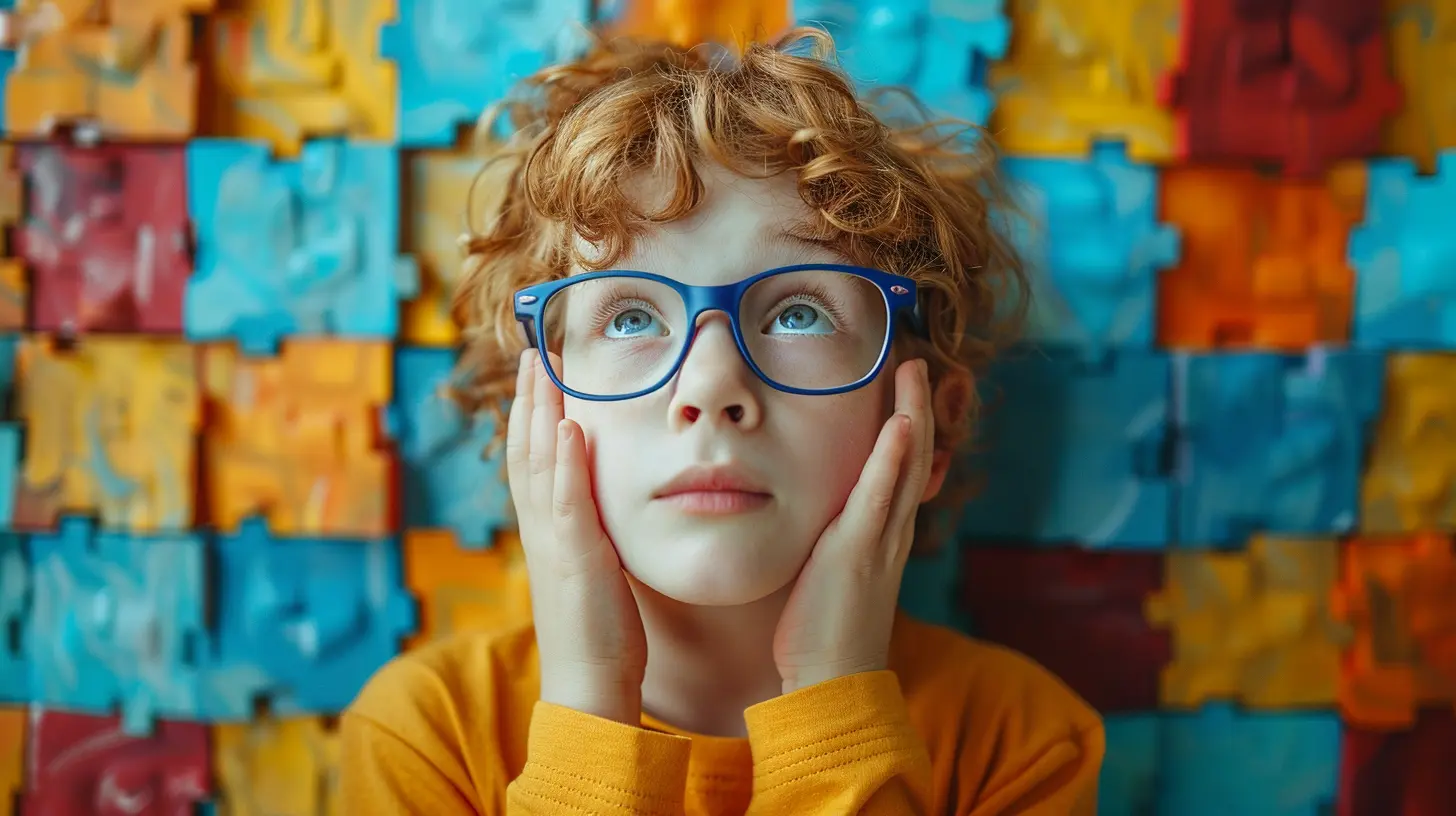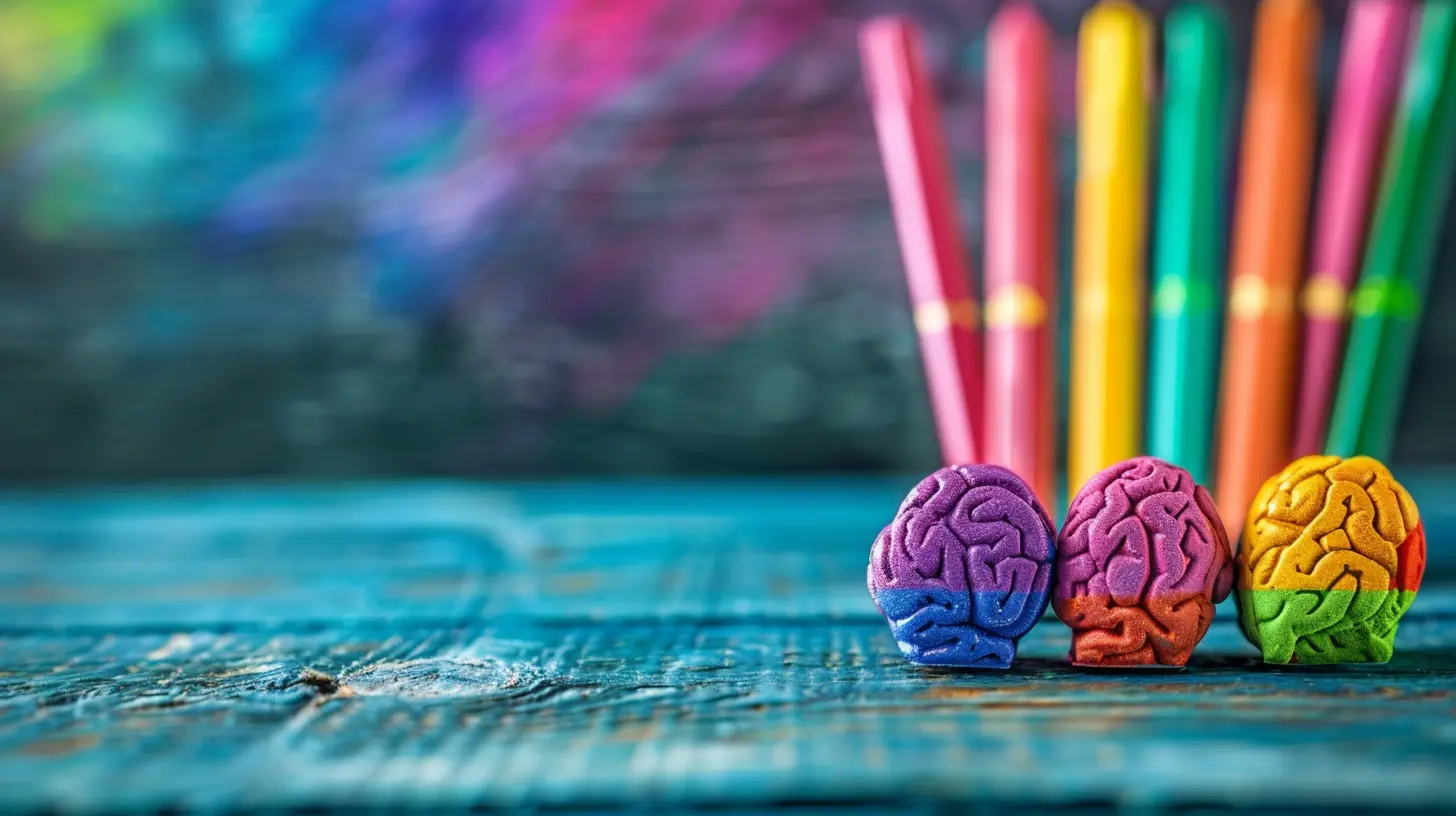Understanding the Emotional and Behavioral Challenges Linked to Learning Disabilities
3 September 2025
Let’s face it—living with a learning disability isn’t just about struggling with reading, writing, or math. It’s so much deeper than that. There’s an emotional whirlwind and a parade of behavioral ups and downs that often tag along, and most people don’t see that part. If you or someone you care about is dealing with a learning disability, you're probably already familiar with those invisible battles that happen behind the scenes.
In this article, we’ll unpack what’s really going on. We’ll dive into the emotional and behavioral challenges that come hand-in-hand with learning disabilities and, more importantly, how we can navigate them — with patience, compassion, and a little bit of strategy.
What Exactly Is a Learning Disability?
Before we jump into the emotional stuff, let’s quickly outline what a learning disability (LD) actually is. It’s not about intelligence or effort. People with LDs are just as smart as anyone else; they just process information differently.Types of learning disabilities include:
- Dyslexia – Difficulty with reading
- Dyscalculia – Trouble with math
- Dysgraphia – Challenges with writing
- Auditory and Visual Processing Disorders – Hard time understanding what they hear or see
- Nonverbal Learning Disabilities (NVLD) – Strong verbal skills but trouble interpreting nonverbal cues like facial expressions or tone of voice
Each of these can throw someone a curveball in school, work, and everyday life. But beyond academics, these struggles often spill over into emotional and behavioral issues that get easily overlooked.
The Connection Between Learning Disabilities and Emotions
Ever feel frustrated when someone just doesn’t "get" you? Now, imagine feeling that way every single day. That’s the reality for many kids and adults with LDs.1. Low Self-Esteem: "I’m Not Good Enough"
Repeated failure—whether it’s failing tests, being slow to finish homework, or feeling different from peers—can be soul-crushing. Over time, this leads to:- Negative self-image
- Fear of trying new things
- Believing they’re “stupid” or “not capable”
- Comparing themselves constantly to others
This damage to self-worth doesn’t happen overnight. It builds up over years, and once it takes root, it’s hard to shake off.
2. Anxiety and Stress: The Constant “What If?”
School can feel like a battlefield for someone with a learning disability. Even simple tasks feel like climbing Mount Everest. Their minds spiral with thoughts like:- “What if I mess this up?”
- “What if the teacher calls on me?”
- “What if my friends laugh?”
These “what ifs” don’t just happen now and then—they can become a constant inner soundtrack, triggering chronic stress and anxiety.
3. Depression: Silent Struggles
When the frustration and anxiety go unresolved for too long, it can lead to depression. Symptoms might include:- Sadness or emotional numbness
- Loss of interest in hobbies
- Withdrawal from friends and family
- Changes in eating and sleeping habits
And here's the kicker: depression in children and teens often looks like anger or irritability—not sadness. So it gets missed or mislabeled as “acting out.”
Behavioral Reactions: Fight, Flight, or Freeze
Kids and even adults with LDs aren’t just being “difficult.” Their behavior is often a reaction to the daily challenges they face.1. Acting Out: The Fight Response
Sometimes, frustration explodes. This might look like:- Talking back to teachers or parents
- Disrupting class
- Being aggressive or defiant
To the outsider, it looks like bad behavior. But more often than not, it’s a cry for help. It’s their way of saying, “I’m overwhelmed, and I don’t know what else to do!”
2. Zoning Out: The Freeze Response
On the flip side, some may completely shut down. They sit quietly, don’t try, and avoid eye contact. It’s not laziness. It’s self-protection. They’ve learned that trying gets them nowhere, so why even bother?3. Avoidance and Procrastination: The Flight Response
Some kids become master escape artists. Not doing homework, skipping class, or avoiding group work isn’t about being careless—it’s about avoiding embarrassment and failure.
Behavioral Labels: The Problem With Misunderstanding
Here’s a tough truth: a lot of kids with LDs get slapped with labels like “lazy,” “unmotivated,” or “troublemaker.” But those labels only describe the surface behaviors.Picture this: You see a duck calmly floating on a lake. Looks peaceful, right? But under the water, its feet are paddling like crazy. That’s what it’s like for someone with a learning disability. Calm (or chaotic) on the surface, but emotionally overwhelmed underneath.
Labeling a child without understanding the root cause of their behavior only makes things worse. It damages their confidence and builds walls between them and the adults who are supposed to help.
Social Struggles: Feeling Like the Odd One Out
LDs don’t just affect schoolwork—they can impact friendships and social life too.Many students with learning disabilities:
- Struggle to read social cues
- Miss sarcasm or jokes
- Talk too much or too little
- Get excluded from group activities
This can lead to loneliness and social anxiety. And unfortunately, bullying is all too common.
The Parent and Teacher Role: Key Players in a Child’s Journey
When a child starts struggling, everyone around them feels it—especially parents and teachers. Here’s what they can do to make a real difference.1. Believe Them
It might sound basic, but validating their experience is powerful. Saying things like:- “I know this is hard, but I’m here to help.”
- “It’s okay to feel frustrated.”
- “You’re not alone.”
That kind of support creates a sense of safety and trust.
2. Focus on Effort, Not Outcome
Celebrate the trying, not just the success. That builds resilience. Let them know that making mistakes is part of learning.3. Collaborate, Don’t Punish
If behavior becomes an issue, dig deeper. Ask:- “What’s really going on here?”
- “How can we support you better?”
Punishment may stop the behavior temporarily, but understanding and support can change it for good.
4. Build on Strengths
Every child has strengths—even if they’re hard to see at first. Maybe they’re artistic, great storytellers, or natural helpers in class. Focusing on what they can do boosts confidence and motivation.Practical Strategies to Support Emotional and Behavioral Growth
Ready to move from understanding to action? Here are some practical tools that can really help:1. Teach Emotional Awareness
Help kids recognize and name their feelings. Try using tools like:- Mood journals
- Emoji charts
- “Feelings check-ins” at home or in class
Naming emotions is the first step toward managing them.
2. Use Positive Discipline
Instead of saying, “Don’t do that,” try:- “Let’s try it this way instead.”
- “What can you do next time?”
- “You’re not in trouble—I just want to help.”
This reinforces learning and builds trust.
3. Establish Routines and Structure
Routines reduce anxiety. Knowing what to expect each day provides a sense of control, which is super important for kids who often feel overwhelmed.4. Create Safe Spaces
Whether it's a calm corner in the classroom or quiet time after school, kids with LDs need downtime to reset emotionally.5. Involve Mental Health Professionals
Sometimes, emotions run deep. Therapists and counselors can help kids develop coping strategies, build confidence, and heal from past emotional wounds.It's a Journey—Not a Race
Here’s the big takeaway: learning disabilities don’t define a person. But the emotional and behavioral effects can shape their self-image if we’re not careful.It takes time, patience, and a whole lot of grace — from parents, teachers, and the kids themselves. But when we choose to see beyond the struggles and recognize the emotional landscape, that’s when real growth happens.
You don’t have to be an expert. You just have to be present, patient, and willing to listen. Sometimes, the greatest gift you can offer a child with a learning disability is the belief that they are more than their diagnosis.
And you know what? They are.
Final Thoughts
Understanding the emotional and behavioral challenges linked to learning disabilities means looking beyond school performance. It’s about seeing the whole person—what they feel, how they cope, and where they struggle silently. When we create space for emotional healing and behavioral support, we help them thrive not just academically, but as confident, resilient human beings.It’s not about “fixing” them. It’s about walking alongside them and saying, “You’ve got this—and I’ve got you.
all images in this post were generated using AI tools
Category:
Learning DisabilitiesAuthor:

Bethany Hudson
Discussion
rate this article
1 comments
Faith O'Neal
Thank you for addressing such an important topic. It’s vital to recognize the emotional and behavioral challenges associated with learning disabilities. Understanding these aspects can foster compassion and support, helping individuals thrive in their learning journeys.
September 22, 2025 at 4:07 AM

Bethany Hudson
Thank you for your thoughtful response! I completely agree that compassion and understanding are crucial for supporting individuals with learning disabilities.


